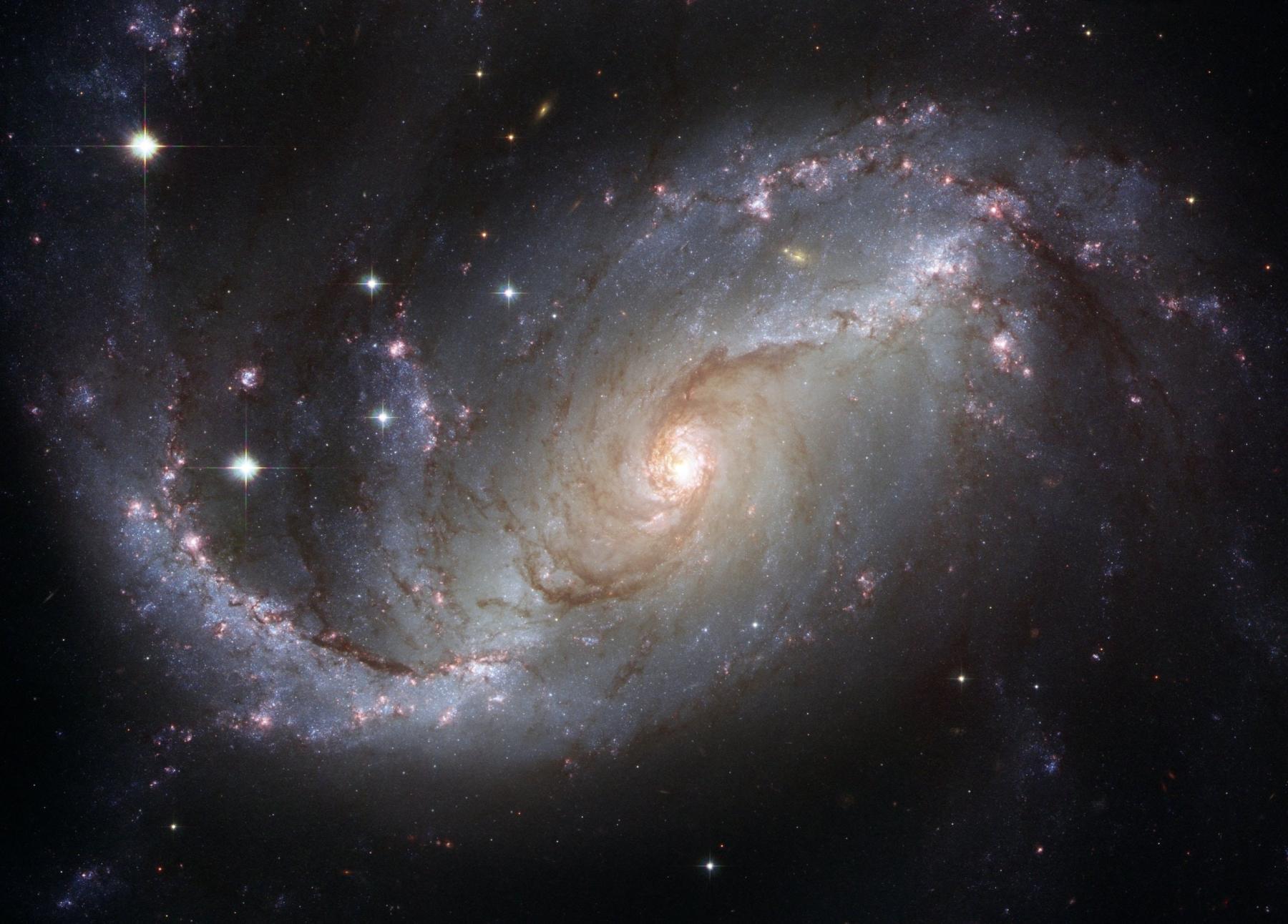
Kepler's 1st Law of Planetary Motion
by Michael Winters
An introduction to Kepler's 1st Law and ellipses. The lesson includes some guided notes for students as well as a hands on activity where students will draw, measure, explore, and conduct calculations with ellipses.
Lesson Plan Link/URL
https://docs.google.com/presentation/d/10rdlXEb7yMSaze6YEvwj1Lnqru2zj1Ih/edit?u…Subject Area
Science Physical Science P2: Objects at a Distance Earth and Space Science E1: Earth Systems E2: Earth & the Universe Technology 3. Knowledge Constructor 5. Computational Thinker Mathematics Operations and Algebraic Thinking (OA) Number and Operations—Fractions (NF) Measurement and Data (MD) Geometry (G) Ratio and Proportion (RP) Expressions and Equations (EE) Algebra (A)
Featured
Off
Related Content

Grades:
9th Grade, 10th Grade, 11th Grade, 12th Grade
This lesson uses a Modeling Instruction approach to developing the graphical and mathematical relationships for Circular Motion for students in Grades 9-12. Students design an experiment, collect data

Grades:
9th Grade, 10th Grade, 11th Grade, 12th Grade
This lesson uses a Modeling Instruction approach to developing the graphical and mathematical relationship commonly known as Newton's 2nd Law for students in Grades 9-12. Students design an experiment

Grades:
9th Grade, 10th Grade, 11th Grade, 12th Grade
Using the Introduction to Hydroponics lab, introduce students to the features of the Hydroponic Systems. Students will explore the different types of grow mediums and grow lights used in the systems

